Retro Replay Review
Gameplay
Alone in the Dark offers a tense blend of action, adventure, and survival horror elements that keeps players on constant edge. You begin by choosing either Edward Carnby, a seasoned private investigator, or Emily Hartwood, Jeremy’s resourceful niece. Both characters share similar abilities, but subtle differences in their dialogue and animations give each playthrough a unique flavor. Exploration and puzzle-solving form the backbone of your progress as you navigate the dimly lit corridors and secret passages of the sprawling Derceto mansion.
(HEY YOU!! We hope you enjoy! We try not to run ads. So basically, this is a very expensive hobby running this site. Please consider joining us for updates, forums, and more. Network w/ us to make some cash or friends while retro gaming, and you can win some free retro games for posting. Okay, carry on 👍)
Puzzles in Alone in the Dark typically revolve around locating specific items—keys, tools, or occult artifacts—and using them in strategic locations. Many challenges demand logical leaps, from aligning old paintings to reveal hidden safes to combining objects in your limited inventory to unlock new areas. While some puzzles can feel obtuse by modern standards, they reward patience and observation, encouraging players to scour every nook and cranny for clues, documents, and diary entries that piece together the mansion’s history.
Combat is deliberate and tense, driven by strict ammunition management and the ever-present threat of warped rats, shambling zombies, and the occasional colossal worm burrowing through the walls. Firearms are effective but scarce, making each shot a calculated decision. At times you’ll opt for stealth or creative environmental solutions, such as luring monsters into traps or using light sources to fend off creatures weakened by brightness. The scarcity of healing items further reinforces the survival aspect, forcing you to ration bandages and tonics until you can scavenge more.
The fixed camera angles and tank-style controls might feel archaic to newcomers, yet they contribute significantly to the game’s oppressive atmosphere. Each static viewpoint frames the next room like a carefully composed horror tableau, frequently cutting away to impede your sense of control. While some players may find the control scheme cumbersome, it remains faithful to the genre’s roots and heightens the tension by limiting your spatial awareness and reaction time.
Graphics
Visually, Alone in the Dark employs a distinctive hybrid approach: meticulously painted 2D backgrounds paired with fully realized 3D character and monster models. The result is a series of richly detailed tableaux, from grand staircases draped in cobwebs to crumbling underground crypts, that evoke the decaying grandeur of the Hartwood estate. Each room feels handcrafted, with careful attention to texture, color, and ambient details that reinforce the game’s gothic themes.
Character models and enemies—though rendered with the limitations of late-1990s hardware—still manage to convey a sense of dread. The warped rats skitter unnaturally, zombies lurch with decrepit movements, and the giant worms burst through floors with bone-jarring animations. These 3D elements contrast sharply with the flat backgrounds, but this visual dichotomy becomes part of the game’s eerie charm, as creatures appear to burst out of painted walls and into “real” space.
Lighting and shadow play a pivotal role in heightening the mood. Torches flicker against stone walls, oil lamps cast deep shadows where unseen horrors might lurk, and sudden flashes of lightning reveal hidden nooks and crannies. While modern titles offer dynamic lighting and volumetric effects, Alone in the Dark’s pre-rendered scenes use static light sources to create stark contrasts, focusing player attention on crucial environmental details and ratcheting up the tension when traversing dark corridors.
Despite its age, the game’s aesthetic remains memorable. The art direction leans heavily into surreal horror, with grotesque decorations, distorted portraits, and arcane symbols peppered throughout. Though polygon counts and textures have not aged as well as contemporary engines, the overall presentation still delivers a potent, immersive experience that captures the feeling of exploring a haunted mansion teetering on the brink of collapse.
Story
The narrative of Alone in the Dark unfolds with the somber news of Jeremy Hartwood’s apparent suicide in his secluded Louisiana mansion, Derceto. You arrive as either Edward Carnby or Emily Hartwood to investigate the suspicious circumstances surrounding Jeremy’s death. What begins as a routine inquiry soon devolves into a life-or-death struggle as it becomes clear that malevolent forces lurk within the mansion’s walls.
The story is conveyed through a mixture of brief cutscenes, environmental storytelling, and numerous documents scattered throughout the estate. Letters, diaries, and occult tomes reveal Jeremy’s obsession with ancient legends and dark rituals tied to the mansion’s enigmatic original owner. These narrative fragments piece together a chilling backstory and lend context to the otherworldly horrors you encounter, from subterranean caverns to secret ritual chambers.
Alone in the Dark excels at letting the environment do much of the talking. Cracked portraits, half-burned candles, and blood-smeared floorboards speak volumes about past tragedies without a word of dialogue. The mansion itself feels like a character: creaking floorboards moan underfoot, distant whispers suggest unseen watchers, and the house’s labyrinthine layout reinforces the sense of disorientation and dread.
While the core plot is relatively straightforward—unravel the mystery and escape—the way the narrative threads intertwine with gameplay keeps the momentum steady. Climaxes are few but impactful, and the payoff comes not through bombastic set pieces but through peeling back layers of occult intrigue until you grasp the full scope of Derceto’s dark legacy.
Overall Experience
Alone in the Dark remains a landmark in the survival-horror genre, offering an immersive blend of puzzle-solving, exploration, and atmospheric tension. Its deliberate pacing and resource management demand patience and a willingness to embrace trial-and-error gameplay. For those seeking a slow-burn horror experience that rewards careful observation and strategic thinking, the game delivers in spades.
The fixed-camera presentation and tank controls may challenge players accustomed to modern fluidity, but they are integral to the game’s identity. Each viewpoint is crafted to maximize suspense, often obscuring potential threats until the last moment. This design choice fosters genuine moments of shock when a giant worm erupts from the floor or a zombie suddenly lurches into view.
Though aging visuals and dated mechanics can hinder accessibility for some, Alone in the Dark’s strengths lie in its unwavering commitment to mood and mystery. The mansion of Derceto stands as a masterclass in environmental horror, and the sparse but effective storytelling keeps you driven to uncover every secret. Fans of classic survival horror and those curious about the genre’s roots will find much to admire.
Ultimately, Alone in the Dark offers a singular experience that transcends its technical limitations. It’s a testament to how setting, atmosphere, and clever design can evoke fear and curiosity without relying on constant action or jump scares. For players willing to invest in its deliberate challenges, the game provides an unforgettable descent into madness and the supernatural.
 Retro Replay Retro Replay gaming reviews, news, emulation, geek stuff and more!
Retro Replay Retro Replay gaming reviews, news, emulation, geek stuff and more!
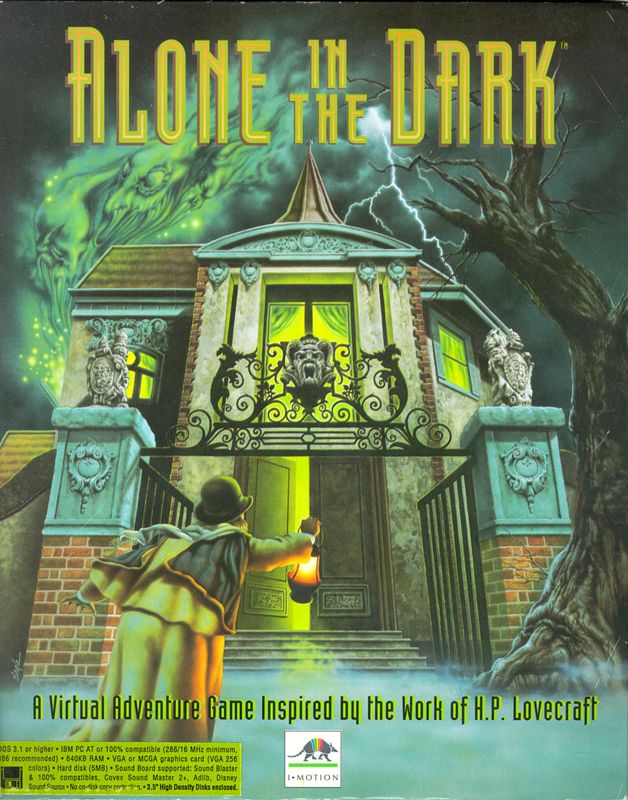
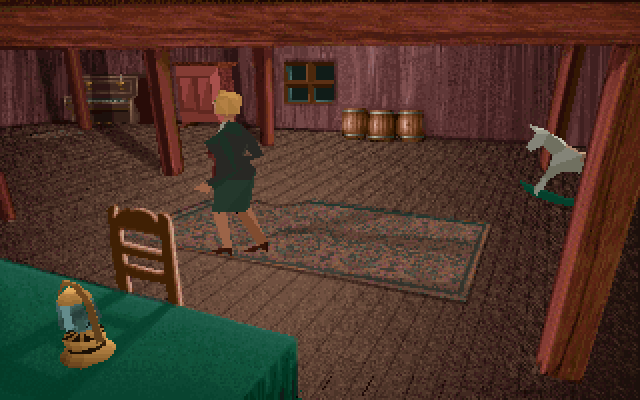
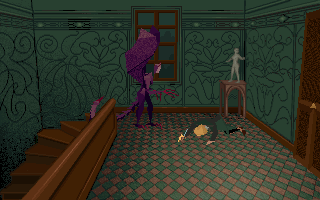
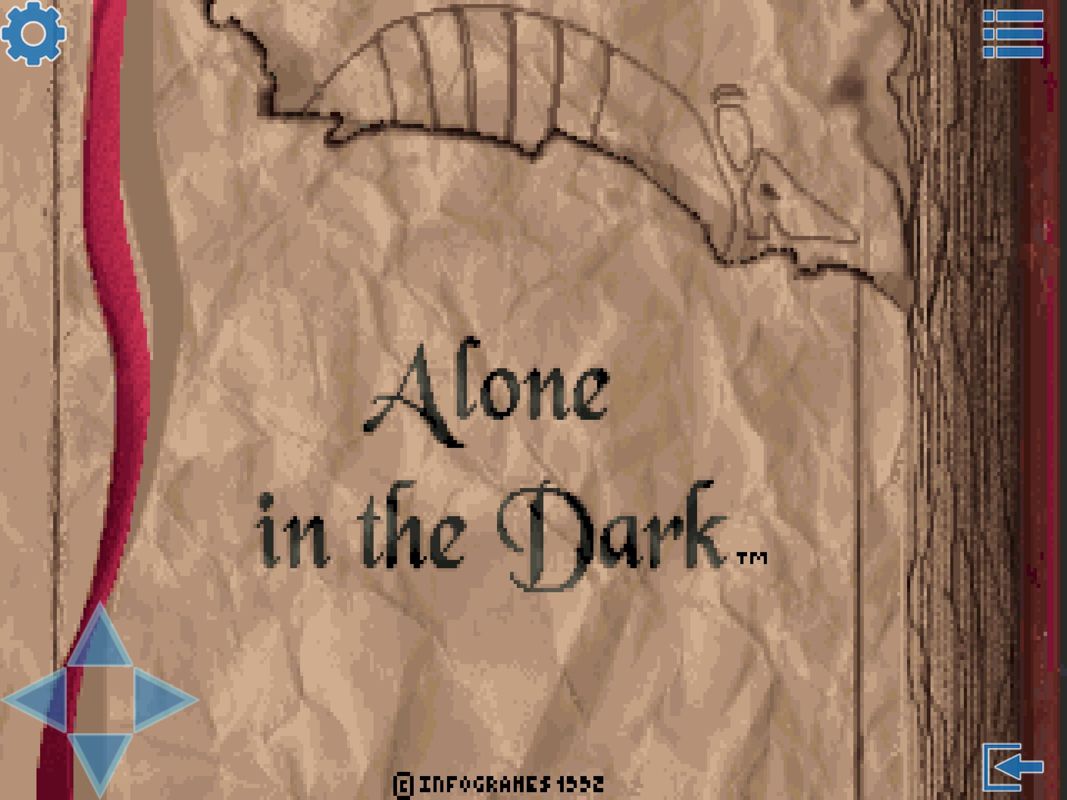
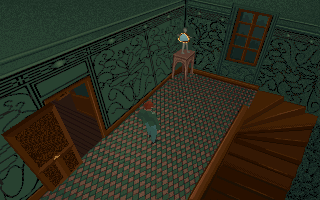
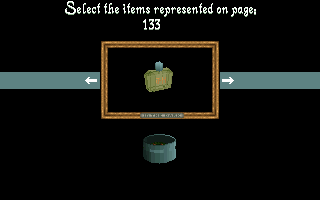



dadmin –
I rented this game as a kid. I did not care for the controls much.